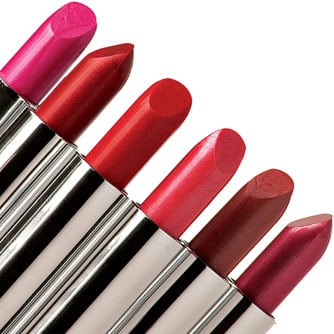In the United States, the Food & Drug Administration (FDA) regulates cosmetic safety under the authority of the Federal Food, Drug, and Cosmetic Act (FD&C Act) – which requires that cosmetics marketed in interstate commerce be safe when used as directed in the labeling or under customary conditions of use. However, there is presently no specification relating to the amount of lead in cosmetics, which can be present via pigment ingredients. In the spring of 2010, the FDA procured 400 commercially available lipsticks on the US market and tested each for total lead content. The selection of lipsticks tested was based on the parent company’s market share; additionally, lipsticks from niche markets were included, in an effort to capture lipsticks with unusual characteristics. The analyses revealed an average lead concentration in the 400 lipsticks of 1.11 ppm, with two major retail brands testing at 7 ppm or greater. It is noteworthy that the FDA-recommended upper limit for lead in candy is 0.1 parts per million (ppm).
Lipstick Poses Lead Hazard
Hepp, N.M.., “Determination of Total Lead in 400 Lipsticks on the U.S. Market Using a Validated Microwave-Assisted Digestion, Inductively Coupled Plasma–Mass Spectrometric Method,” Journal of Cosmetic Science, May/June, 2012.
RELATED ARTICLES




